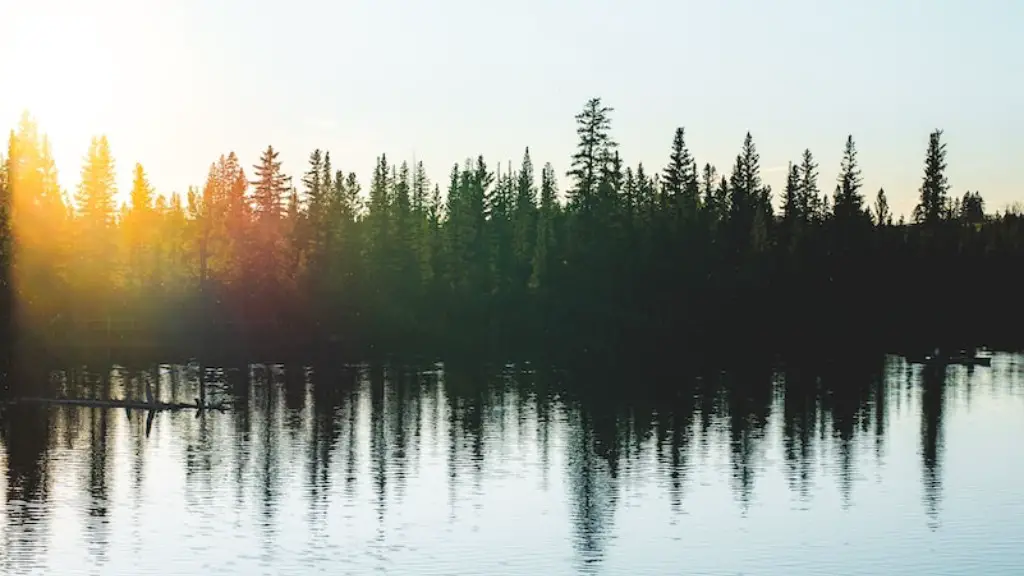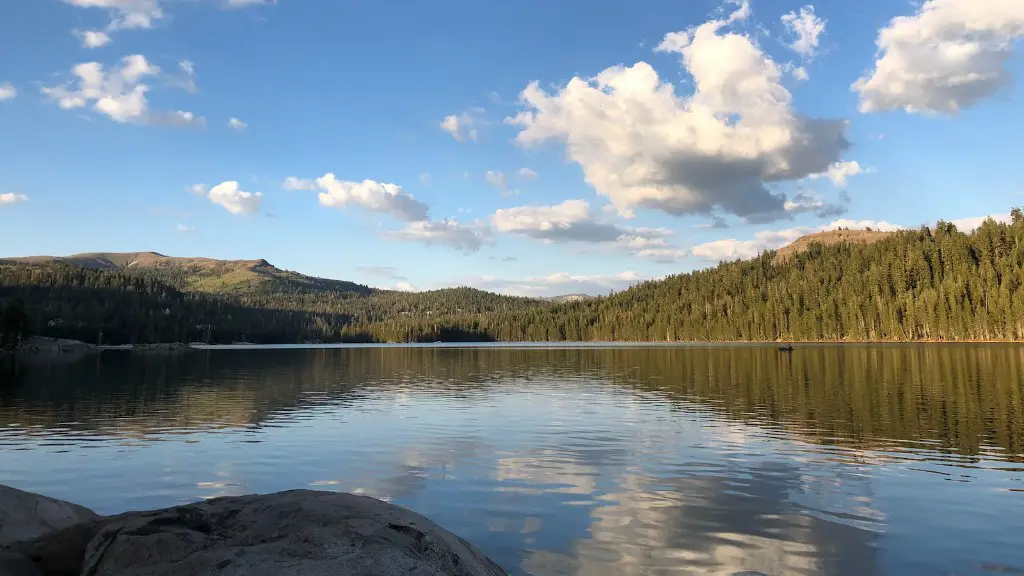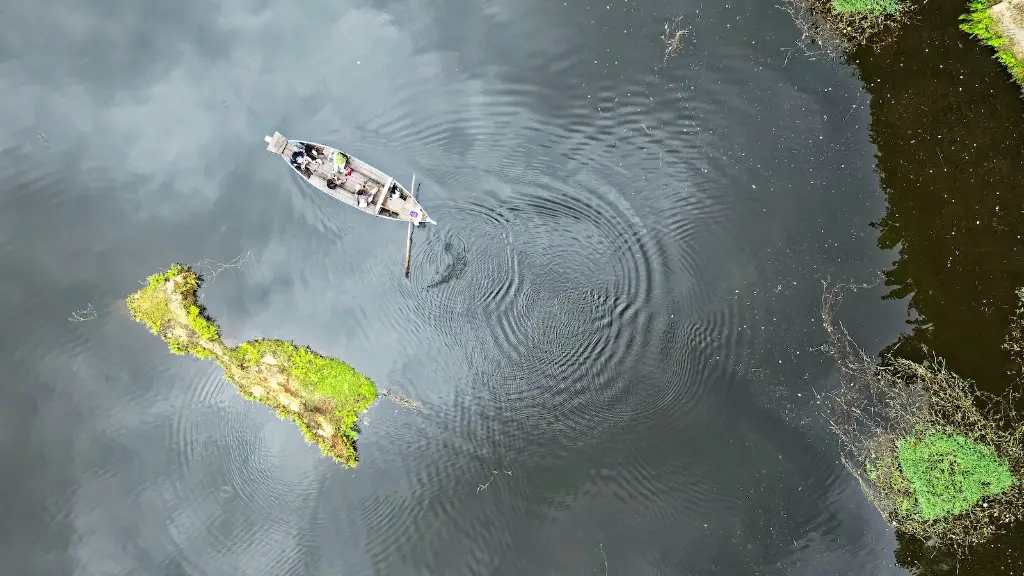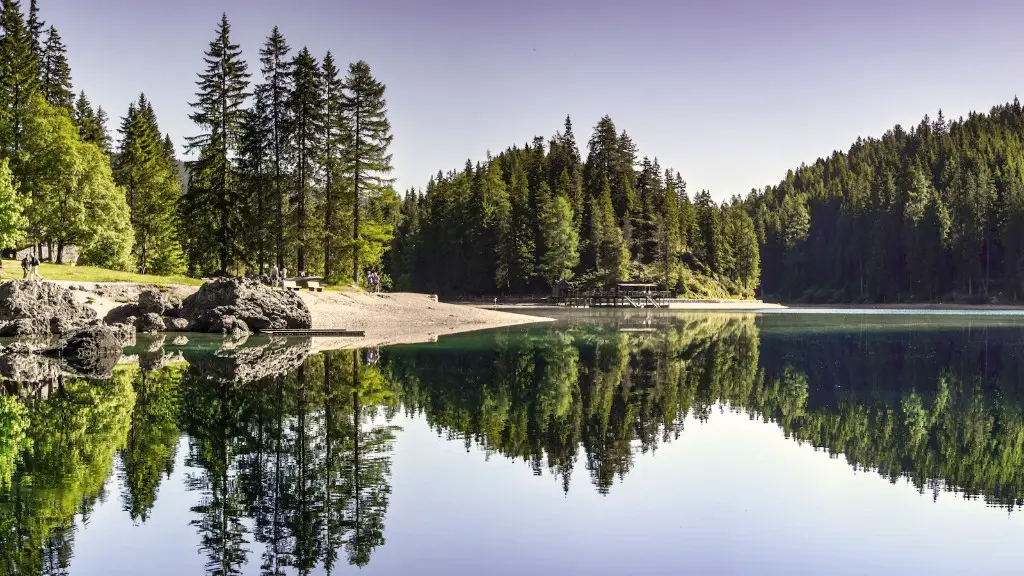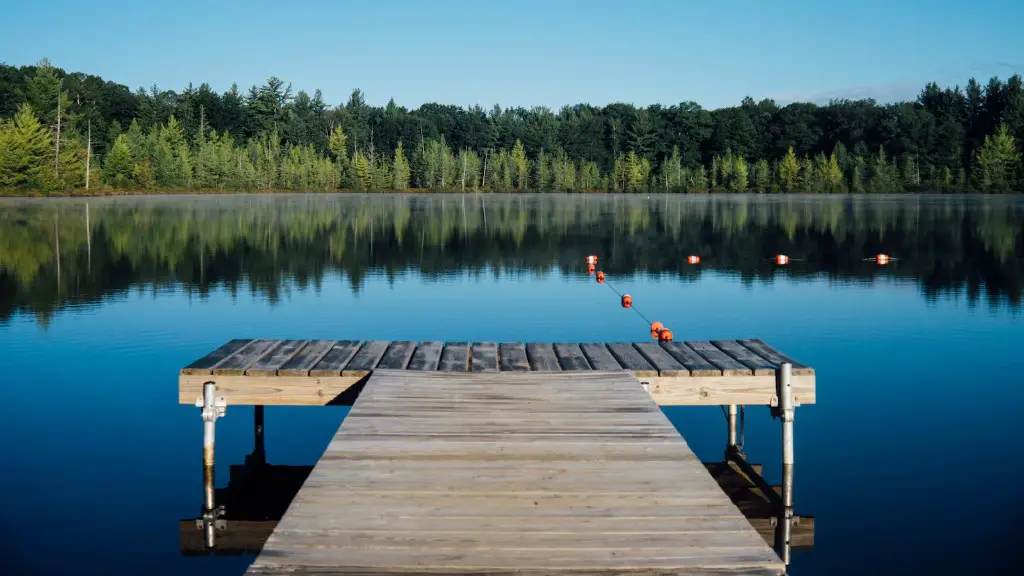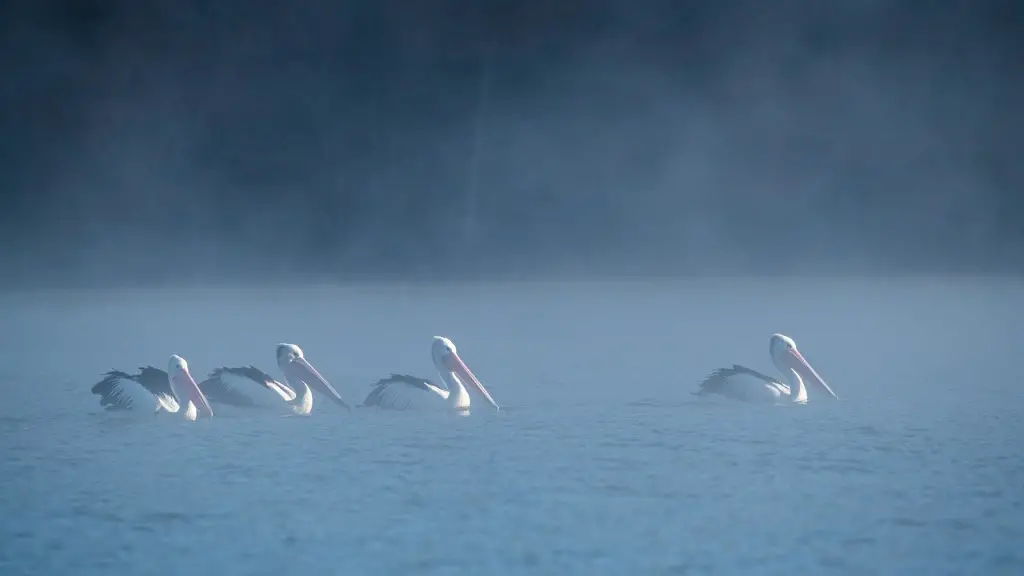Located in southern Oregon, Crater Lake is the deepest lake in the United States and is famed for its deep blue color and water clarity. The lake is home to two islands, Wizard Island and Phantom Ship, and is surrounded by the caldera of Mount Mazama, a massive volcano that erupted 7,700 years ago. Crater Lake is protected as a national park and is a popular tourist destination.
There are various reasons for why Crater Lake is protected. To start, the area is incredibly biodiverse and home to many rare and threatened species of plants and animals. In addition, the lake itself is a rare geological formation and is considered to be one of the most pristine lakes in the world. Its water quality is exceptional, and the views from the rim of the crater are simply stunning. Furthermore, the area surrounding the lake is of great cultural and historical importance to the local Native American tribes. Finally, Crater Lake is an important recreational area and a popular tourist destination. All of these factors together make Crater Lake a very special place that is definitely worth protecting.
Why is Crater Lake so important?
Crater Lake was formed when a volcano erupted and collapsed, creating a large crater. The lake is one of the most beautiful places in the world, and its history is fascinating. TheNative Americans have a special connection to the lake, as it was once a sacred site. Today, it is a popular tourist destination and a great place to relax and enjoy nature.
An invasive species is a plant that is not native to a particular area and that has a tendency to spread to a degree that it causes harm to the environment, human health, or the economy. Invasive species can be introduced to new areas through a variety of means, such as by being carried in the ballast water of ships, on the tires of vehicles, or in the packing material of shipped goods.
Crater Lake National Park is threatened by a number of invasive plant species, including Japanese knotweed, Himalayan blackberry, and English ivy. These plants can outcompete native plants for resources, leading to a decline in the overall biodiversity of an area. In addition, invasive species can provide habitat for other invasive species, such as rodents and insects, which can further damage the environment.
There are a number of ways to control invasive species, such as manual removal, use of herbicides, and introduction of natural predators. However, the most effective way to control an invasive species is to prevent its introduction in the first place.
Why can you not swim in Crater Lake
Crater Lake is one of the snowiest places in America, with an average of 43 feet of snow per year. This means that there are only a few months when people can swim in the lake, usually from June through September.
The park’s water claim for the lake is for the preservation and protection of all natural habitats and the conservation of scenery. It is not for human consumption. Consuming Crater Lake water would conflict with the park’s mission to preserve the lake.
What lives at the bottom of Crater Lake?
Researchers have discovered colonies of moss and bacteria living at the bottom of Crater Lake. This discovery perplexes researchers because almost no nutrients are at the bottom of this nearly 2,000-foot lake, yet these organisms are thriving. One possible explanation is that the organisms are getting nutrients from the rocks at the bottom of the lake. Further research is needed to confirm this hypothesis and to understand how these organisms are able to thrive in such a nutrient-poor environment.
The long history of volcanism at Mount Mazama suggests that this volcanic center will be active in the future. Future eruptions will likely occur within the caldera and probably beneath the water’s surface.
Why is there no fish in Crater Lake?
Crater Lake was naturally barren of fish until park founder William Steel first stocked Crater Lake with trout fingerlings in 1888 to “improve” recreational opportunities. Despite altering the lake’s natural condition, introductions of non-native fish continued until 1941, when stocking the lake ended.
Crater Lake is a beautiful and peaceful place, but it is also a reminder of the power of nature. The last known eruption at Crater Lake occurred about 4,800 years ago, when a small lava dome erupted underwater on the east flank of the base of Wizard Island. Since that time, the volcano has remained quiet, allowing as much as 30 m (100 ft) of sediment to accumulate on the lake bottom. The lake is a beautiful example of the power of nature to create, and the power of nature to destroy.
Does anything live in Crater Lake
Crater Lake National Park is home to a wide variety of wildlife. Mammals, birds, and insects make up the majority of the animals living in the park. Native and some invasive fish species occupy many of the streams, providing a food source for the other animals. The park’s diverse ecosystem provides a habitat for many different species of animals, making it a great place to see a variety of wildlife.
The park’s most famous phenomenon is the “Old Man of the Lake,” an ancient hemlock tree that has been floating completely upright for more than 100 years. The first written account of the Old Man appeared in 1902, the year Crater Lake was named a national park.
Does Crater Lake have snakes?
The common garter snake is a black snake that is found in the caldera of Crater Lake. It is a snake that has evolved to be able to survive in the black volcanic rocks. The common garter snake grows to 3 feet in length.
Crater Lake is an absolutely stunning body of water that is the deepest lake in the United States. Located in Oregon, it is renowned for its vibrant blue color and purity. Because there are no inflowing streams, the lake is entirely fed by rain and snow, making it the cleanest and clearest large body of water in the world according to the National Park Service. If you ever have the chance to visit, it is definitely worth it!
Can you touch Crater Lake
There are a few things to keep in mind if you want to explore Crater Lake further. First, follow the crowds across the road and to the top of the trail. From there, you can descend 700 feet in just over a mile to the shores of Crater Lake. Keep in mind that this is the only place in the park where you can legally and safely get down to touch the water.
As long as you follow the guidelines, camping along the rim of the caldera is allowed during the winter months. Be sure to choose a spot that is at least 100 feet from the rim and hidden from any other campers or the trail. This will help ensure that you have a safe and enjoyable experience.
Can you swim to the bottom of Crater Lake?
The Cleetwood Cove Trail is the only place where it is safe and legal to get down to the lake shore and swim at Crater Lake National Park. This trail usually opens mid to late June. Swimming is allowed in the designated area only. Swimmers must use caution and obey all posted signs.
Freshwater crocodiles are found in Lake Eacham. They are timid compared to estuarine crocodiles and pose little threat to humans. There have been very few reports of incidents involving people.
Warp Up
The law designating Crater Lake National Park was signed by President Theodore Roosevelt in 1902. Crater Lake is protected as a national park in order to preserve its unique geological features, including its dramatic setting within a volcanic caldera, and to ensure that this natural wonder is available for present and future generations to enjoy.
The main reason crater lake is protected is because it is a caldera. A caldera is formed when a volcano collapses in on itself, which can happen when the magma inside the volcano is used up. The term “caldera” is actually derived from a Latin word meaning “cooking pot.” Calderas are usually much larger than the crater left behind by a single eruption. In fact, the Yellowstone Caldera is so large that it can only be seen from space.
